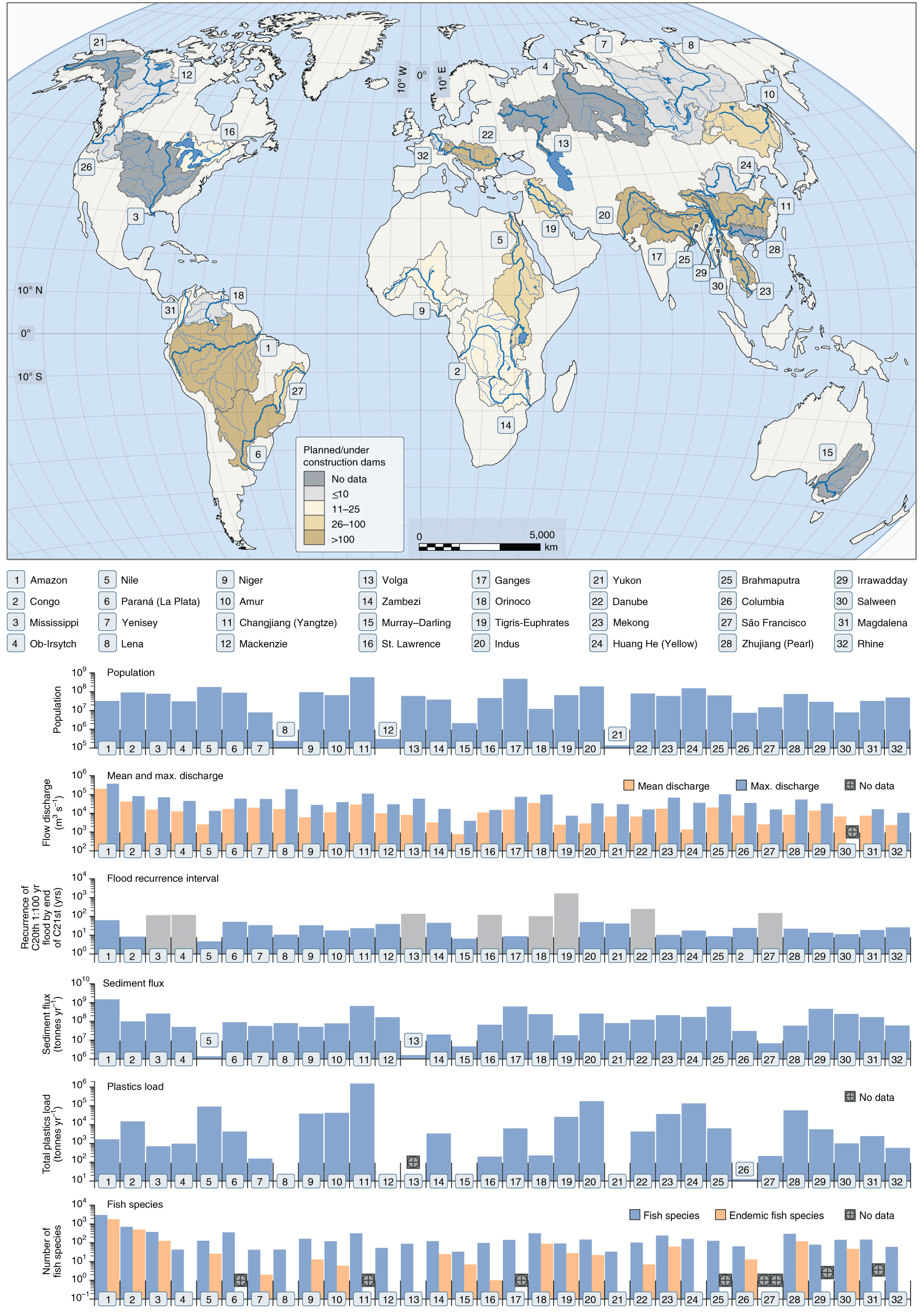The Amazon River, located in South America, is the world’s longest river and home to millions of plant and animal species. In comparison, the Nile River, located in Africa, is the second longest river and is relatively barren, partially due to the arid and desert-like environment through which it flows. The Nile has significant historical importance, having played a vital role in the development of ancient civilizations such as Egypt, while the Amazon only began to be explored in the 16th century and has become an important source of natural resources.
The Amazon River vs. The Nile River: A Comparative Study of the World’s Longest Rivers
Introduction
Two of the longest rivers in the world are the Amazon and the Nile. Both rivers have played a vital role in the development of the countries and civilizations that surround them. However, despite their similarity in length, the rivers exhibit a number of differences in terms of physical attributes, wildlife, and historical significance.
Geography
The Amazon River is located in South America and has a length of approximately 6,400 kilometers, making it the world’s longest river. The river flows through Peru, Colombia, Brazil, and several other South American countries. The Amazon basin, which drains into the river, is the largest river basin in the world and covers an area of around 7 million square kilometers.
On the other hand, the Nile River is located in Africa and stretches for more than 4,000 miles, making it the second longest river in the world. The river flows through several African countries, including Sudan, Ethiopia, Uganda, and Egypt.
Wildlife
The Amazon River is home to a wide range of animal and plant species, many of which are found nowhere else in the world. The river basin is home to an estimated 2.5 million insect species, tens of thousands of plant species, and thousands of different fish species. The Amazon is also home to several large animals, such as anacondas, jaguars, and giant otters.
In comparison, the Nile River basin is relatively barren in terms of plant and animal life. This is partly due to the arid and desert-like environment of the countries through which the river flows. Despite this, the river is home to several species of fish, as well as crocodiles and hippos.
Historical Significance
The Nile River has played a significant role in the development of several ancient civilizations. The ancient Egyptians relied heavily on the Nile for irrigation and agriculture, and many of their largest cities were built along the river’s banks. In addition, the Nile played a vital role in the transportation of goods and people throughout Egypt and beyond.
The Amazon River, on the other hand, has a relatively short history of human habitation. The river basin was largely unexplored until the arrival of Europeans in the 16th century. Since then, the Amazon has become an important source of natural resources, and many large cities have emerged along the river’s banks.
Conclusion
In conclusion, while the Amazon and the Nile both hold significant importance, the two rivers differ greatly in their physical attributes, wildlife, and historical significance. The Amazon is an important source of natural resources, home to unique plant and animal species, and a relatively recent area of human habitation, whereas the Nile has played a significant role in the development of ancient civilizations, enabled irrigation and agriculture, and remains an important transportation channel even today.
